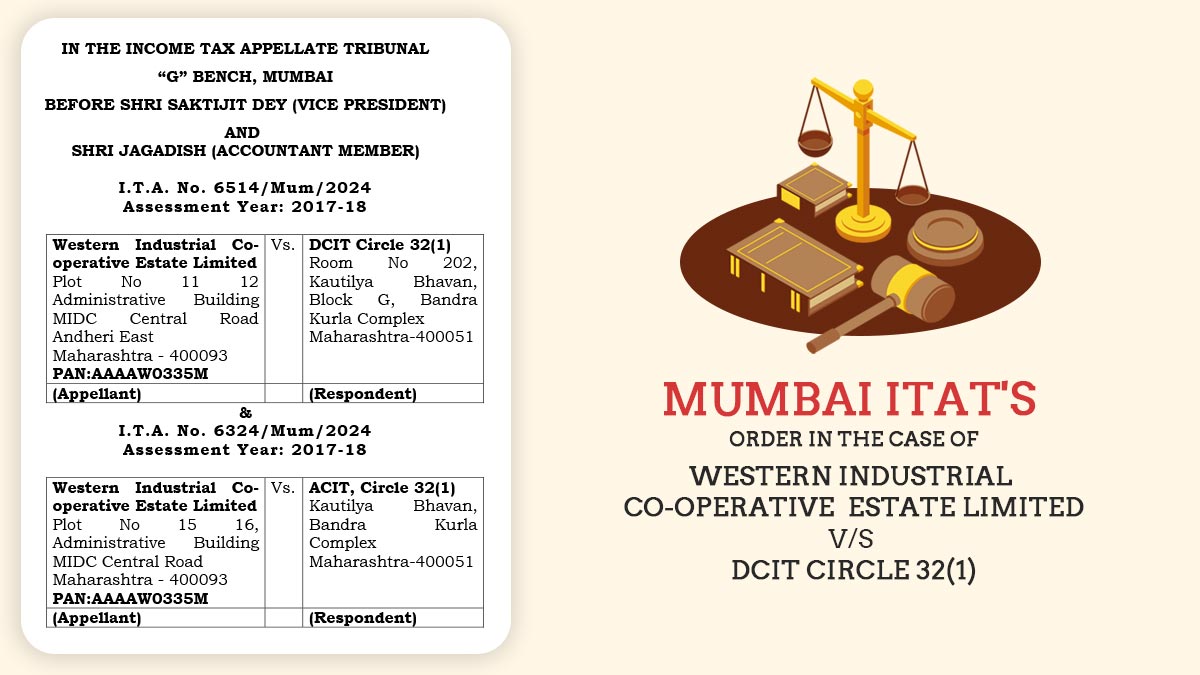
The fitment committee of the Goods and Services Tax (GST) Council, comprising revenue officials from both the Central and state departments, is anticipated to give an explanation regarding the “ground clearance” criteria and how GST will be levied on utility vehicles (UVs).
A ground clearance of over 170 millimetres is one of the three key points to consider a vehicle under the category of utility vehicles (UVs) and bring it under a 22 per cent compensation cess.
During its July meeting, the GST Council concluded that all UVs, including sports utility vehicles (SUVs) and multi-utility vehicles (MUVs), irrespective of their commercial names, would attract a 22 per cent compensation cess given they meet certain requirements such as engine capacity, length, and ground clearance.
The Council also stated that the ground clearance of UVs that are eligible for a higher cess will be calculated on the basis of the unladen (tare) weight.
A senior government official associated with the matter stated that there are some issues with the ground clearance criteria that need to be clarified, and the fitment committee, scheduled to meet next week, is expected to provide suggestions to discuss these issues. Once reached to a clear conclusion, the rules will be notified accordingly.
The GST Council’s explanation will be addressing concerns raised by the Society of Indian Automobile Manufacturers and car manufacturers in the auto industry, seeking clarity on how ground clearance should be measured and implemented. And appropriate suggestions will also be made.
Read Also: GST Council Adds More Cess on SUV and MPV Cars, Price Increased
Sources point out that the auto industry is distressed about the parameter set for unladen ground clearance, as it may require modifications to existing car models, potentially increasing costs for automakers.
Some suggestions stated that calculating ground clearance based on laden weight instead of unladen weight would be appropriate as this would result in measurements falling under the said range of 150-160 mm, which is below 170 mm.
Unladen weight means the weight of a vehicle without passengers, goods, or other items, including the body and all typical parts used with the vehicle or trailer when it is used on a road.
On the other hand, laden weight includes the weight of the vehicle along with passengers, goods, and other carried items, in addition to its weight independently.
Recommended: GST Impact on Cars and Spare Parts Industry in India
According to the sources, discussions with the finance ministry are in the process concerning some issues related to the new tax structure for UVs, seeking clarity on the parameters set by the Council. The source also pointed out that unladen ground clearance may require the re-issuance of certificates for certain car models.
If we go with the definition, ground clearance, also known as clearance or ride height, refers to the space between the base of a vehicle’s tire and the underside of its chassis.
It is specifically the shortest gap between a flat, level surface and any part of the vehicle that does not come into contact with the ground, such as tires, tracks, or skis. Earlier, certain sedans like the Skoda Slavia have been exempted from the higher cess. Previously, all mid-size SUVs and MUVs were categorized under a lower cess of 15 per cent.
Important: A Deep Analysis of GST Framework on EV Charging Services
Under the new tax structure, vehicles that meet all three determined commonly associated SUV conditions, namely an engine capacity exceeding 1,500cc, a length exceeding 4,000 mm, and a ground clearance of 170 mm or higher, are eligible for a higher compensation cess rate of 22 per cent. Many states have sought clarity on the applicable cess for such vehicles due to ambiguity in interpretation.
As per the recent decision by the GST Council, all utility vehicles meeting the specified criteria will attract a compensation cess of 22 per cent over and above 28 per cent GST. The criteria are- if the engine capacity is more than 1500cc, the vehicle’s length exceeds 4,000mm, and ground clearance of 170 mm or higher.
This has encouraged the Society of Indian Automobile Manufacturers (SIAM) and automakers to bring the concerns to the finance ministry, seeking clarity on the criterion of unladen ground clearance. Implementing the new rules will require some modifications to car models, which will end up increasing their costs.










Is this for us who manufacturer the chasis frame assembly